This article was co-authored by Elsie Glasu-Atunuwa. Elsie Glasu-Atunuwa is a West African Chef and the Founder of Trices Cafe and Lounge in San Antonio, Texas. Elsie learned to cook from her mother, using only the finest ingredients to create great flavors. Her mother’s training and her own imagination allow her to create delicious traditional West African dishes to satisfy customers, friends, family, and colleagues. Her team specializes in serving dishes from Nigeria, Ghana, and Cameroun. They also offer catering for all occasions. Elsie studies General Science and holds a doctorate degree in Nursing from Grand Canyon University.
This article has been viewed 19,335 times.
Edikaikong soup, also known as “Edikang Ikong soup” is a dish originating from Nigeria. There are lots of variations for the soup. For example, some people choose to add onions, while others choose to omit them. Almost all versions include pumpkin leaves, water leaves, and a combination of meat and seafood. You can use more or less of a certain ingredient based on your personal tastes, but the key thing to remember is that Edikang Ikong is not supposed to be watery!
Ingredients
- 1 kilogram (2.2 lb) of pumpkin leaves
- 500 grams (18 oz) of water leaves
- 600 grams (21 oz) of beef, kanda, saki and dry fish
- 2 medium onions, diced
- Salt and pepper, to taste
- Ground crayfish, to taste
- 200 millilitres (0.85 c) of palm oil
- 1 240-mL cup of periwinkles
- 2 to 3 stock cubes
Steps
Washing and Cutting the Vegetables
-
1Wash 1 kilogram (2.2 lb) of pumpkin leaves with cool water. Place 1 kilogram (2.2 lb) pumpkin leaves into a pot of cool water, then swish them around with your hand to dislodge any dirt. Drain the water, then repeat the process 2 to 3 more times, or until the water runs clear.[1]
- If you can't find pumpkin leaves, thaw 1 kilogram (2.2 lb) of frozen spinach.
-
2Chop the pumpkin leaves into tiny pieces. Stack several leaves at once, then cut them first in 1 direction, and then in the opposite direction. The pieces don't have to be the same size, but they need to be very small.[2]
- If you're using frozen spinach, chop the spinach into smaller pieces as well.
Advertisement -
3Place the pumpkin leaves into a strainer set over a bowl. Set a strainer over a bowl, making sure that there's a couple of inches/centimeters at the bottom for the water to collect in. Scoop the pumpkin leaves or spinach into the strainer, then move the bowl off to the side.[3]
- This setup will allow the pumpkin leaves or spinach to drain while you prepare the rest of the soup.
-
4Wash and chop the water leaves into tiny pieces as well. Rinse 500 grams (18 oz) of water leaves until the water runs clear. Chop them into smaller pieces, then drain them. Place the water leaves into a separate bowl.[4]
- If you don't have water leaves, use 250 grams (8.8 oz) of lamb's leg lettuce instead.
-
5Transfer the water leaves into a separate bowl and strainer. Get out a second bowl and a second strainer. Place the strainer into the bowl and make sure that there's some room at the bottom for the water to collect in. Place the water leaves or lettuce into the bowl, and set it aside as well.[5]
- Do not add them to the pumpkin leaves. You'll be cooking them at different times.
Cooking the Meat
-
1Chop the kanda, beef, and dry fish into smaller pieces. How much you use of each of these ingredients is up to you as long as the total comes out to be 600 grams (21 oz). For example, you could use 100 grams (3.5 oz) of dry fish, 200 grams (7.1 oz) of kanda, and 300 grams (11 oz) of beef.[6]
- You can also omit the kanda and just use a combination of beef, goat, saki, and cow leg.
- The exact size of the pieces doesn't matter, but something the size of your thumb would be good.
-
2Place the kanda, beef, and fish into a pot, then cover them with water. Use just enough water to cover the ingredients. Even though this dish is called a "soup," it's actually supposed to have very little liquid in it.
-
3Add the onions and stock cubes, if desired. Peel and dice 2 medium-sized onions and add them into the pot. Next, toss in 2 to 3 stock cubes.[7] You could also add a piece of shredded, smoked fish and 100 grams (3.5 oz) of pomo (cow skin).
- You can leave the onions and stock cubes out. Plan on using more crayfish later in order to make up for any lost flavor.
- The shredded fish and pomo will help soften the seafood and give it a smoky flavor.
-
4Simmer the mixture until the meat is cooked through. Bring the water to a boil first, then reduce it to a simmer. Allow the soup to simmer long enough for the meat to cook through; it shouldn't be pink on the inside if you cut it open.[8]
- This may take up to 2 hours, depending on the type of meat that you are using as well as the size of the pieces.[9]
-
5Pour out the stock until you have about 1⁄2 cup (120 mL) of liquid left. Even though this is called a "soup," the dish is really more of a stew with very little liquid in it. Most of the cooking water should have evaporated away by now. If it didn't, pour it out until you have about 1⁄2 cup (120 mL) left.
- Discard the excess stock or save it for another recipe.
Finishing the Edikaikong
-
1Pour in the palm oil, crayfish, and pepper, then boil it for 10 minutes. Pour 200 millilitres (0.85 c) of palm oil into the pot containing the meat. Add some ground crayfish and a dash of pepper. Bring the soup to a boil and allow it to cook for 10 minutes.[10]
- How much ground crayfish and pepper you add is up to you.
- For a richer flavor, rinse 1 cup (145 g) of whole crayfish, then blend it with 1 to 2 tablespoons (15 to 30 mL) of water. Add this into the soup.
-
2Toss in the periwinkle and water leaves and cook for 3 to 5 minutes. Stir 1 cup of periwinkles into the pot, then add your prepared water leaves. Allow the soup to cook for another 3 to 5 minutes.[11]
- If you are on the metric system, use a 240-mL cup to measure the periwinkles out by volume rather than by weight.
- Don't add the pumpkin leaves yet. They are more tender than the water leaves and require a shorter cooking time.
- If you don't have water leaves, this is where you add in your lamb's leg lettuce instead.
-
3Add the pumpkin leaves and salt. If you don't have pumpkin leaves, now's the time to add in the thawed spinach. Give the soup a taste, then add more salt, if desired.[12]
- If the soup is still not salty enough, consider adding more crayfish instead. This will help give you more flavor.
-
4Turn the stove off, cover the pot, and let it sit for 5 minutes. This will allow the soup to finish cooking on a gentle heat. It will also prevent the rest of the liquid from evaporating. Even though the soup isn't supposed to be water, you still want some liquid left in the pot.[13]
-
5
Expert Q&A
-
QuestionHow do you make Edikaikong soup without pumpkin leaves?
 Elsie Glasu-AtunuwaElsie Glasu-Atunuwa is a West African Chef and the Founder of Trices Cafe and Lounge in San Antonio, Texas. Elsie learned to cook from her mother, using only the finest ingredients to create great flavors. Her mother’s training and her own imagination allow her to create delicious traditional West African dishes to satisfy customers, friends, family, and colleagues. Her team specializes in serving dishes from Nigeria, Ghana, and Cameroun. They also offer catering for all occasions. Elsie studies General Science and holds a doctorate degree in Nursing from Grand Canyon University.
Elsie Glasu-AtunuwaElsie Glasu-Atunuwa is a West African Chef and the Founder of Trices Cafe and Lounge in San Antonio, Texas. Elsie learned to cook from her mother, using only the finest ingredients to create great flavors. Her mother’s training and her own imagination allow her to create delicious traditional West African dishes to satisfy customers, friends, family, and colleagues. Her team specializes in serving dishes from Nigeria, Ghana, and Cameroun. They also offer catering for all occasions. Elsie studies General Science and holds a doctorate degree in Nursing from Grand Canyon University.
West African Chef Feel free to improvise with spinach, kale, and whatever else you have around you if you aren't able to use pumpkin leaves.
Feel free to improvise with spinach, kale, and whatever else you have around you if you aren't able to use pumpkin leaves.
Things You'll Need
- Cooking pot
- 2 bowls
- 2 strainers
- Knife
- Measuring cups
- Measuring spoons
- Kitchen scale
Expert Interview

Thanks for reading our article! If you'd like to learn more about cooking Edikaikong soup, check out our in-depth interview with Elsie Glasu-Atunuwa.
References
- ↑ http://www.allnigerianrecipes.com/soups/edikaikong-soup.html
- ↑ http://www.allnigerianrecipes.com/soups/edikaikong-soup.html
- ↑ http://www.allnigerianrecipes.com/soups/edikaikong-soup.html
- ↑ http://www.allnigerianrecipes.com/soups/edikaikong-soup.html
- ↑ http://www.allnigerianrecipes.com/soups/edikaikong-soup.html
- ↑ http://www.allnigerianrecipes.com/soups/edikaikong-soup.html
- ↑ http://www.allnigerianrecipes.com/soups/edikaikong-soup.html
- ↑ http://www.allnigerianrecipes.com/soups/edikaikong-soup.html
- ↑ https://www.thekitchn.com/5-mistakes-to-avoid-when-making-beef-stew-tips-from-the-kitchn-214917
- ↑ http://www.allnigerianrecipes.com/soups/edikaikong-soup.html
- ↑ http://www.allnigerianrecipes.com/soups/edikaikong-soup.html
- ↑ http://www.allnigerianrecipes.com/soups/edikaikong-soup.html
- ↑ http://www.allnigerianrecipes.com/soups/edikaikong-soup.html
- ↑ http://www.allnigerianrecipes.com/soups/edikaikong-soup.html
- ↑ http://www.stilltasty.com/fooditems/index/16499

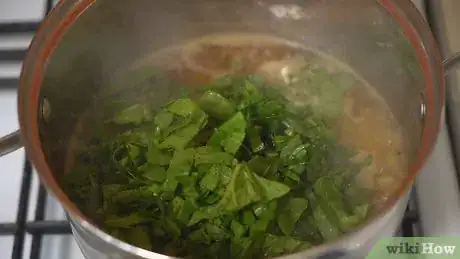
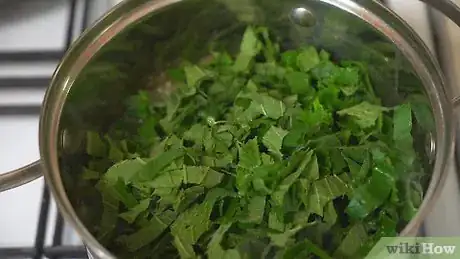

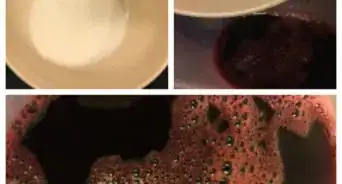
-Final.webp)


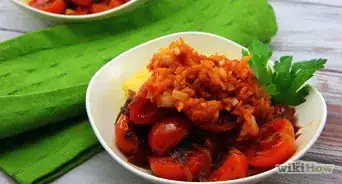

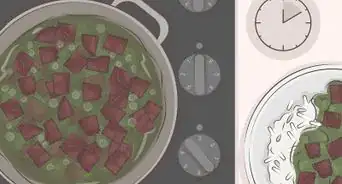
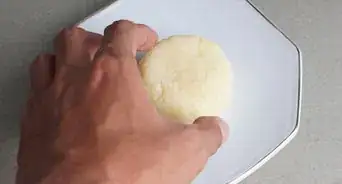
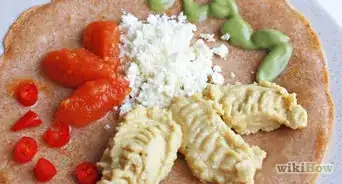
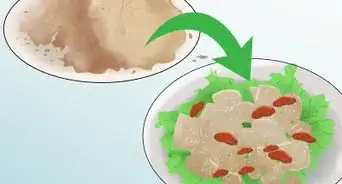







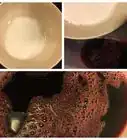
-Final.webp)




































